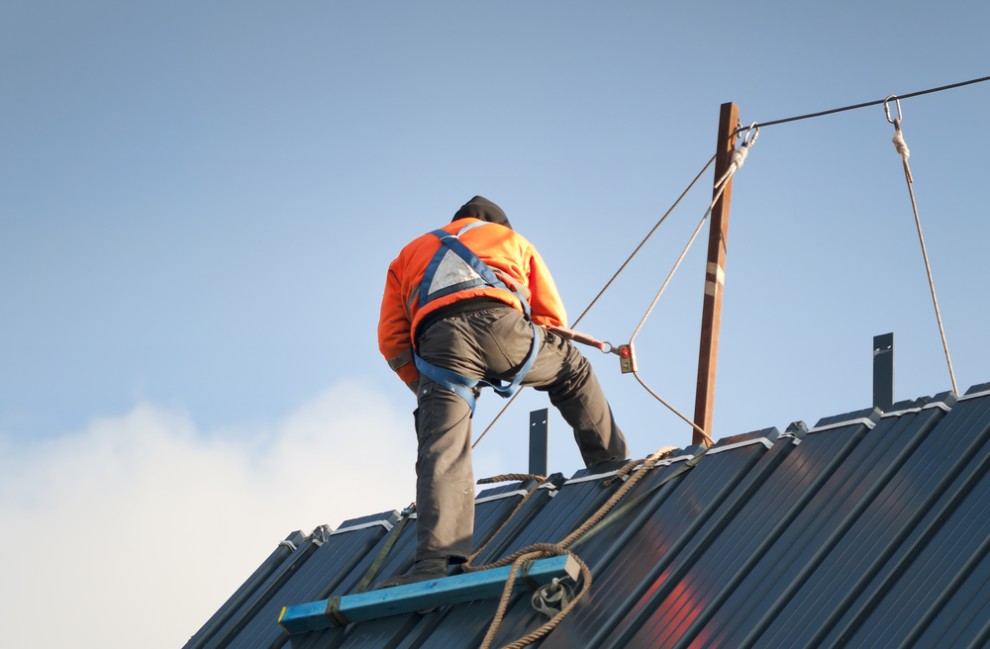A roof keeps the house safe from the sun, storms, and other external forces. But building a roof also involves the need for safety. Falls from roofs accounted for nearly 1,200 fatalities between 2003 and 2013. Fall safety is a non-negotiable aspect that employers and roofers must secure. Roofers face various risks while on the job. In this article, we will discuss how we can prevent these one by one.
- Providing access to roof area
Normally, there is no permanent access to roof areas. It is important that the temporary access is properly constructed such as scaffolding, constructed work platforms, or mobile elevating work platforms (MEWPs).
- Preventing a false sense of security
Roofing is always hazardous no matter how short the job would be. It doesn’t matter if it’s flat and not slippery. Some roofs are brittle that could disintegrate anytime.
In roofing, one must always use safety equipment such as a Personal Fall Arrest System (PFAS). The equipment will stop a fall midway. This prevents the worker from contact with the ground and cause serious injuries. A PFAS consists of an anchor, a harness, and a lifeline or lanyard (usually with a deceleration device). Safety mesh and nets could also be lined in roof edges to catch fallen roofers.
- Use of proper equipment
The existence of safety equipment is useless if it doesn’t do its job. Also, it may have a good condition the last time you used it but it’s important to check its condition before equipping it. Maintenance is key.
- Work only under good weather conditions
The weather plays a big role in roofing safety. Rain causes the roofs to be slippery. Extreme temperatures, on the other hand, could be dangerous for roof workers, as it may cause heat stroke or hypothermia. It’s important to check the weather to know whether you should postpone the job to another date.
- Fall-protection training and follow-up
Having all the equipment for safety measures is not enough if the roofers are not trained. It is imperative that before they engage into any roofing job, they are equipped with inspection and equipment maintenance skills. This includes:
- Assessment of the roofing material
- Roof work checklist
- Roofing hazard assessment (electrical hazards, etc.)
These safety standards could keep numerous lives intact. But remember that a holistic approach that troubleshoots all possible scenarios is a must. A roof must meet safety standards both for those who will live beneath it as well as those who will be working on it.
Written by True Son Exteriors, the best contractor for roofing in Columbia, MO.



